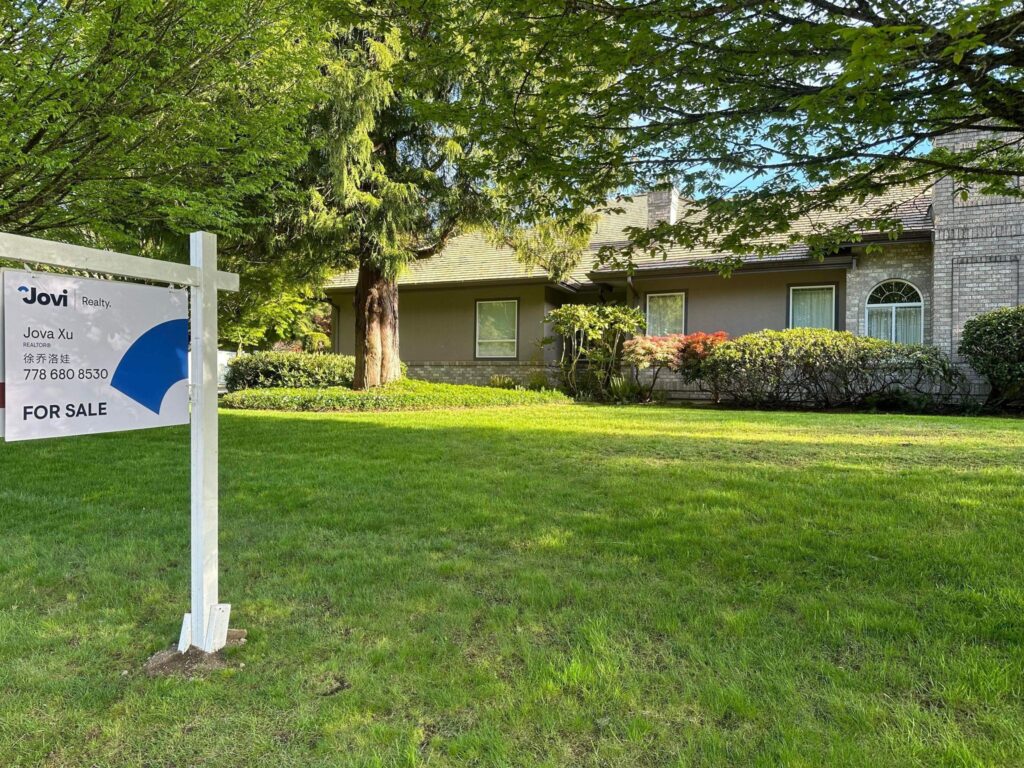The legal discourse on Aboriginal land rights in BC versus real estate law is marked by complex and often conflicting principles. Two pivotal court decisions in September 2017, Haida Nation v. British Columbia and Cowichan Tribes v. Canada, underscored this complexity.
These rulings dealt with the feasibility of involving numerous private landowners as defendants in Aboriginal title claims. The courts recognized the uncertain outcomes of declaring Aboriginal title on lands held in fee simple (private ownership) but concluded that such a declaration would not immediately impact private landowners.
This stems from the inherent conflict between Aboriginal title, as defined by the Supreme Court of Canada (SCC), and fee simple interests. Aboriginal title, vested in communal ownership, cannot be transferred or sold to anyone other than the Crown, creating a stark contrast with the individualistic nature of fee-simple ownership.
Understanding Crown and Aboriginal Title
Post-Tsilhqot’in (2014), three primary ways have been identified through which the Crown can hold title to lands. These include lands where Aboriginal groups cannot demonstrate exclusive control, territories where Aboriginal title may have been extinguished before 1982, and situations where the Crown infringes on Aboriginal title for significant public purposes. The courts, however, have not indicated whether the granting of fee simple title justifies infringement of Aboriginal title.
The Challenge of Reconciliation
The increasing claims for Aboriginal titles, coupled with the conflicting nature of Aboriginal and fee simple titles, highlight the need for judicial prudence in balancing these rights.
In the Haida Nation and Cowichan Tribes cases, the courts attempted to reinterpret Aboriginal titles in a manner consistent with reconciliation, further muddying the waters. This approach has led to additional confusion and challenges to the existing SCC jurisprudence on the matter.
Indigenous Laws and Governance
Recent developments have seen courts grappling with the scope and applicability of Indigenous laws and their relationship to settler laws. This includes the recognition of Indigenous laws, such as those concerning child welfare, as having the force of federal law and prevailing over inconsistent provincial law.
A notable example is the 2019 Act respecting First Nations, Inuit, and Métis children, youth, and families, which established national standards for child and family services for Indigenous children and recognized the inherent right of self-government of Aboriginal groups in these matters.
Current and Upcoming Legal Challenges
Several ongoing cases are poised to shape the landscape of Aboriginal law in British Columbia. These include cases questioning Canadian law’s ability to recognize Aboriginal title to the beds of navigable waters and the enforcement of treaties such as the Robinson Huron and Robinson Superior Treaties of 1850.
The enforcement of these treaties, particularly relating to annuities and the honour of the Crown, is set to be heard by the Supreme Court of Canada, potentially setting significant precedents.

The Yahey Case and Cumulative Impacts
In the landmark Yahey v. BC case (2021), the BC Supreme Court acknowledged the breach of Treaty rights due to extensive industrial development, affecting the Blueberry River First Nation’s territory.
This decision prompted negotiations leading to a significant agreement in 2023, focusing on environmental restoration, ecosystem management, and revenue sharing, signalling a shift towards a more respectful acknowledgment of treaty rights and the cumulative impacts of development on Indigenous territories.
I hope you learned something about Aboriginal Land Rights in BC. Please reach out to my law firm if you need help, or contact Advocate Daily for a referral.
Author: Daniel C. Erdmann, First Nation lawyer











